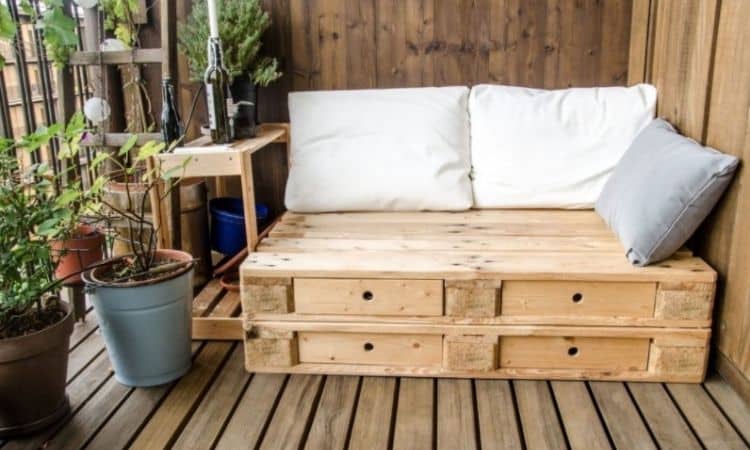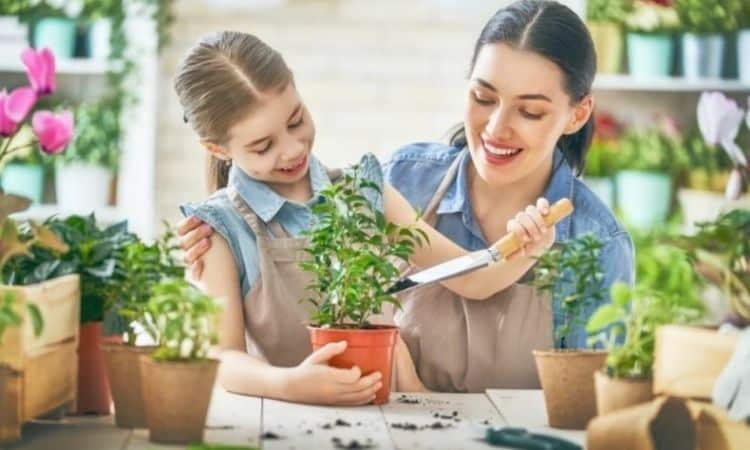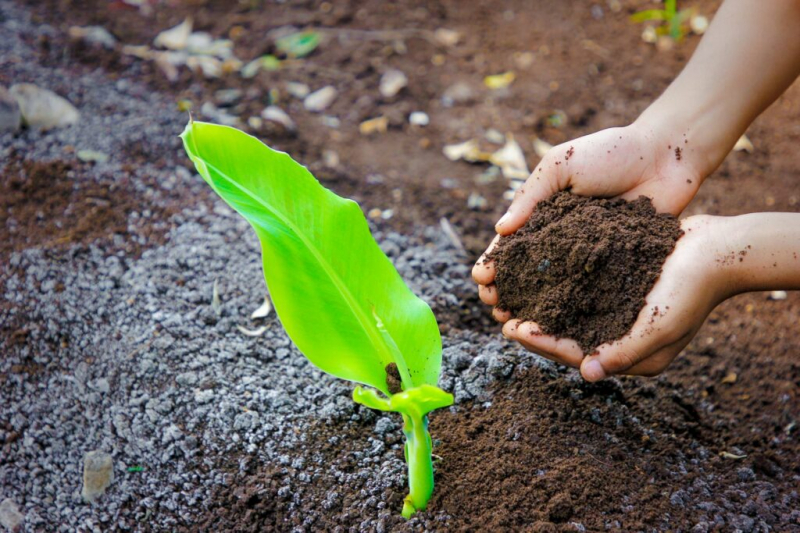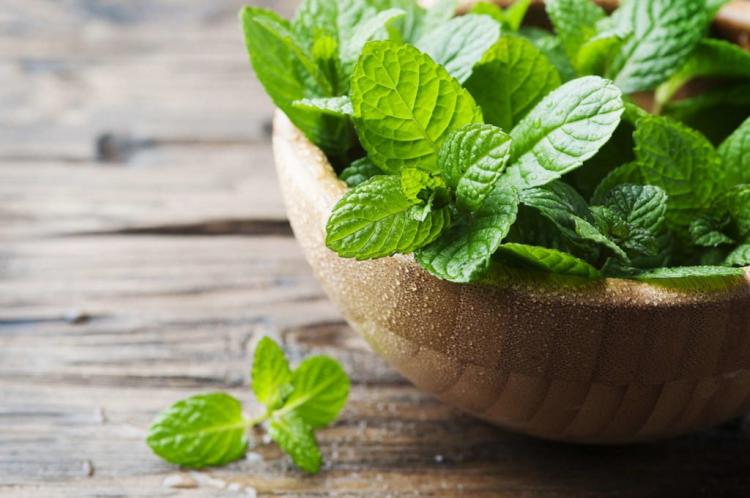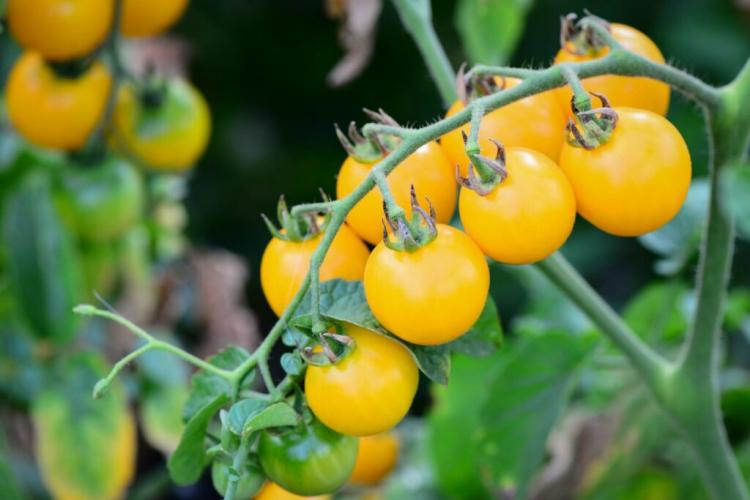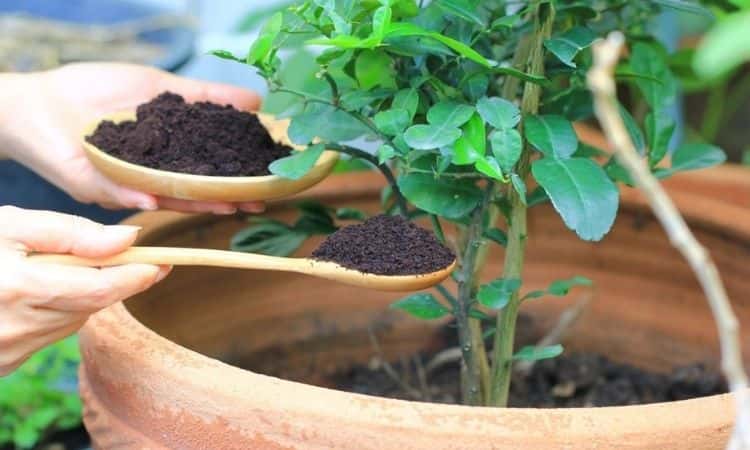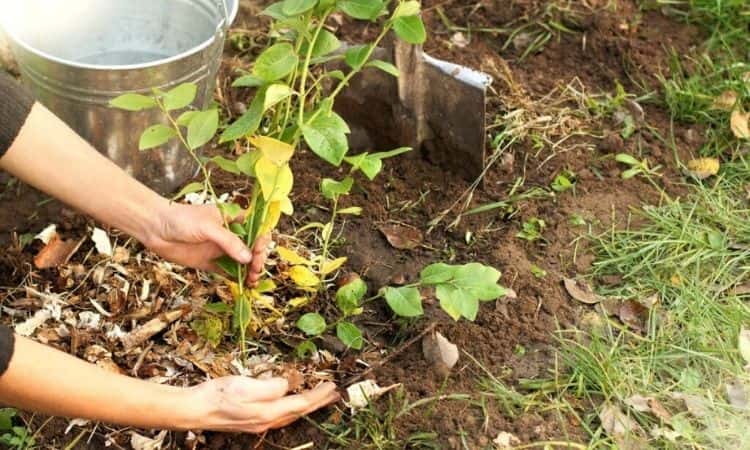Gardening With Kids: Regrowing And Other Inspirations
Children have great fun gardening. But what to do if you don’t have a garden or the weather doesn’t allow you to go out? We give valuable tips. Even if you do not have a garden at your regular disposal, you need not despair. There are great ways to get children excited about gardening – simply in the apartment on the windowsill. We have compiled the best methods for you below.
Regrowing For Children
Table of Contents
Those who do not have a garden or balcony can still start fascinating cultivation projects. Do you already know the new trend, called “Regrowing”? It’s a good example of how sustainability can still be taken a step further.
Whole new plants can grow from salad stems, dried ginger residues, and beet slices – and often it takes nothing more than a little soil, light, water, and patience. Experiencing this little wonder of nature is guaranteed to be fun not only for children. By the way, letting vegetables grow again is an impressive example of how we can live in a resource-saving way, avoid waste, and save costs.

The basic principle of regrowing is based on the vegetative regenerative capacity of a specific tissue part of the respective plant. This part is first placed in a water bath until a delicate growth and root formation can be seen. Now the plantlet gets a pot with fresh soil and if the conditions are right, harvesting can take place after a few weeks.
The safest results are achieved with Romaine lettuce, spring onions, and leeks, but with a little practice and patience, it is also possible to re-grow exotic plants such as pineapple or avocado. Detailed instructions for regrowing can be found here or in our book “Regrow your Veggies”, which you can buy in bookstores as well as online.
Favorite Plants On The Windowsill For Children
In addition to the fascinating regrowing plants, various herbs, seedlings, and ornamental plants can also give the little ones a lot of pleasure.
- Herbs for children: They are part of the basic equipment of all young gardeners. The great advantage of the standard herbs chives, parsley, and basil in pots is that they can easily be taken from the garden or balcony to the warm house when winter comes.
- Germinators: Most of us know the cress head, where cress seeds germinate from an old pantyhose filled with a substrate in the shape of a head and it looks as if the cress man “grows hair”. But not only cress can be grown very quickly and spontaneously (and therefore child-friendly) with a little help from the adults, many other seeds are also suitable for germination. Sprouts from beetroot, radish, or alfalfa are a nutritious and tasty addition to the diet. When cultivating the sprouts, you should pay great attention to sufficient aeration in order not to give mold a chance.

Curiosities for children: Like many adults, children also succumb to the fascination of the exotic and special. The brood leaf (Bryophyllum sp.) combines both: The easy-care thick leaf plant has “babies” and is a medicinal plant against simply everything.
Even “freckles” can be found as an indication. The African plant reproduces vegetatively via many small “Kindles”, which grow on the leaf edges, then fall off and colonize the surrounding pot landscape. A plant that, so to speak, takes over the re-growing completely by itself.
Goethe is said to have loved this plant as much as his Teltow turnips. A permeable substrate, a lot of suns, little water, and a somewhat cooler hibernation – that’s all you should consider when caring for the broodstock. This makes the exotic an ideal houseplant for children.
You May Like Turnip Companion Plants
Children Process The Harvest Further
It fills children with joy and pride to process their own harvest into jam, flower, or herbal salt at home. They see directly that the regular and continuous care of the plants pays off. Being able to eat their own harvest is certainly a motivator for the coming season.
But even if you do not have your own garden: Some products can easily be made together with the little ones from wild collections, such as the vitamin-rich and tasty “Dirndlhonig” (Cornus mas), the delicately scented elderflower syrup (Sambucus nigra), or the intensely green bear’s lox salt (Allium ursinum).
The self-processed products can be nicely packaged and then given away as small gifts by the little ones. Below you will find a favorite recipe, which is also simple.
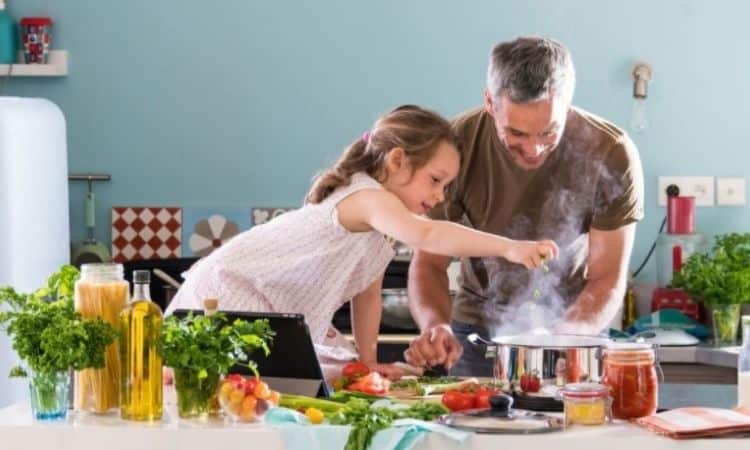
Bear’s garlic salt: When in March the delicate bear’s garlic leaves burst through the dry layer of leaves, it is time to take a walk in the forest with the little ones and start collecting. The rich green color can be impressively preserved for several months if the herb is crushed with the salt to a fine powder when fresh.
Let the salt dry for a few days, turning it several times before filling. Especially on the sandwich, it is loved by young and old. Alternatively, the herbs from the windowsill and also wild herbs such as chickweed, ground ivy, yarrow, nettle, dead nettle, field horsetail, and so on fit into the mixture.
Teaching Children About Old Garden Customs
Children are open to everything magical. Let them know that the garden and plant world is magical and full of wonders by introducing them to old customs and stories about the garden. Children love stories – and there are so many beautiful classics that entwine themselves around mysterious gardens and can bring the garden into the house even on a cold winter’s day.
For example, tell the story “Little Ida’s Flowers”, in which the main character secretly observes how the flowers sway while dancing at night. Or read Oscar Wilde’s fairy tale “The Selfish Giant”, in which a giant is allowed to learn that the eternal winter only leaves his garden when he welcomes the banished children back into it.

Teach your offspring old garden customs. The knowledge about them can inspire your own creative interpretations. In Sweden, for example, there is the beautiful custom of the dream bouquet: at the summer solstice, you have to climb over nine pasture fences to pick nine different flowers.
This little bouquet under the pillow lets the picker dream of her future husband that night. Or do you know the many games you can play with the inflorescences of plantain (Plantago sp.) alone? Or do you know that the lindworm lives under the lime tree (Tilia sp.)?
Another idea is to look up together the magic effects of old witch herbs and household remedies. The real houseleek, for example, was used to plant the peat-covered roofs to protect against lightning and also as a good luck charm for the farm.
Handicrafts and painting with plants
With flowers and plant parts, you can paint directly on paper. In such a “floral” sometimes surprising effects are achieved, for example, with the yellow flowers of St. John’s wort (Hypericum sp.) you can achieve a red color on the paper.
You don’t need your own garden for this: many coloring wild plants – such as goldenrod (Solidago sp. – yellow) or the berries of the elderberry colorful bush (Sambucus nigra – dark purple) can be collected during walks in (city) nature. Other plants are, for example, the common wood sorrel (Lotus corniculatus – yellow), bellflowers (Campanula sp. – blue), or simply grass (green).
Many common and easy to cultivate garden plants are also well suited for dyeing eggs or textiles. Examples are the marigold (Tagetes – orange) and the hibiscus (Hibiscus syriacus – purple).
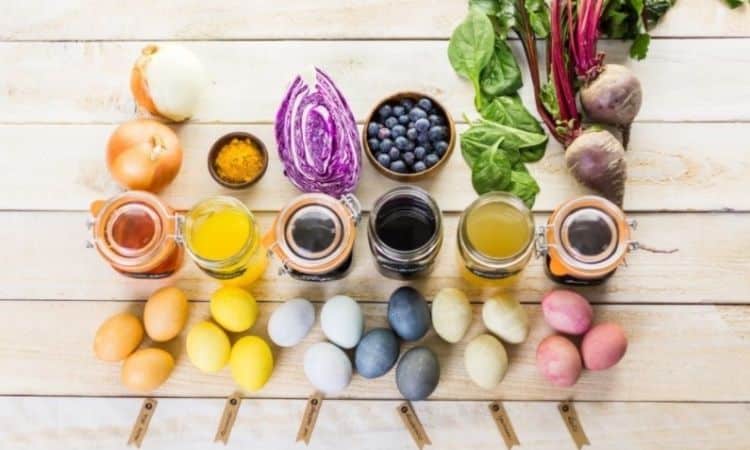
Creative garden design with children
If a garden or balcony is available, but spring is still a long time in coming, handicraft projects to beautify the “children’s garden” can shorten the waiting time:
Smooth stones can be painted and lacquered by the children themselves to serve as bed borders later on. The little ones can form nameplates out of clay, make colorful windmills and garlands, wrap support branches with colorful wool remnants, make tea light holders from old jam jars.
For the bigger ones among the young gardeners, it might be interesting to build a seat out of old euro-pallets. Such simple means are identity-forming and help to maintain interest in the garden year after year.
